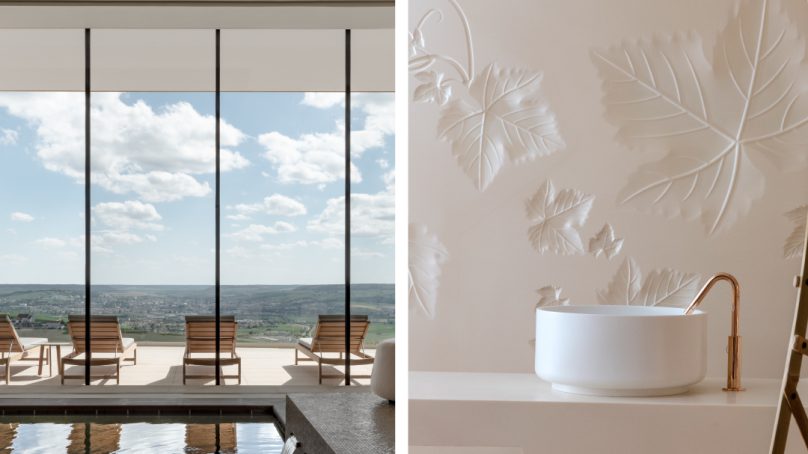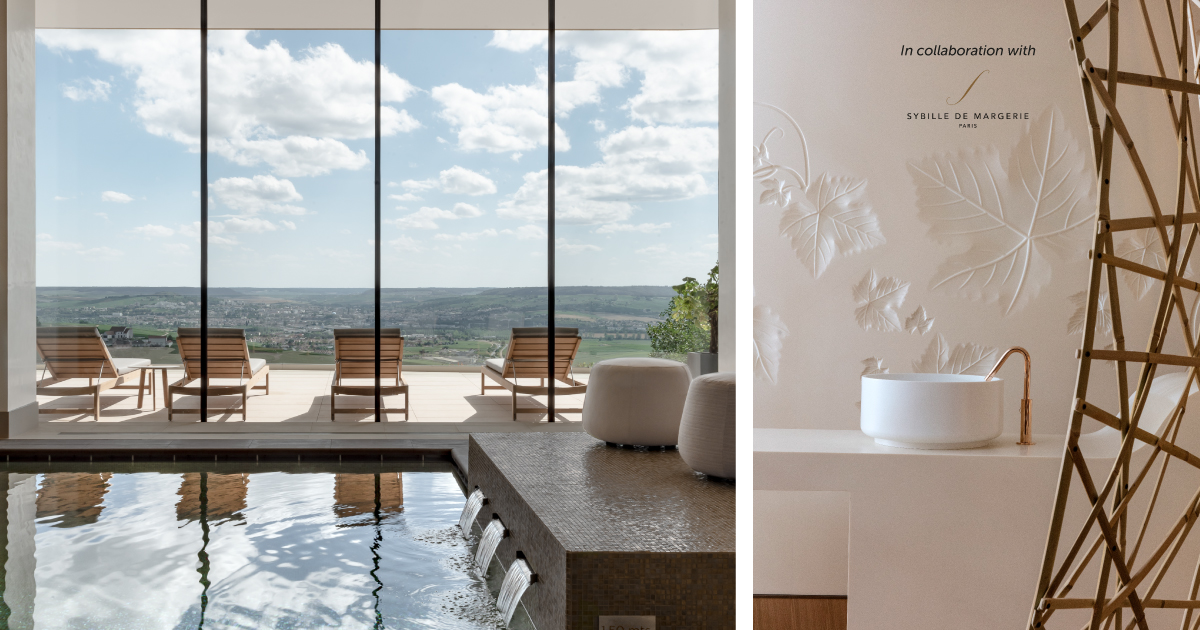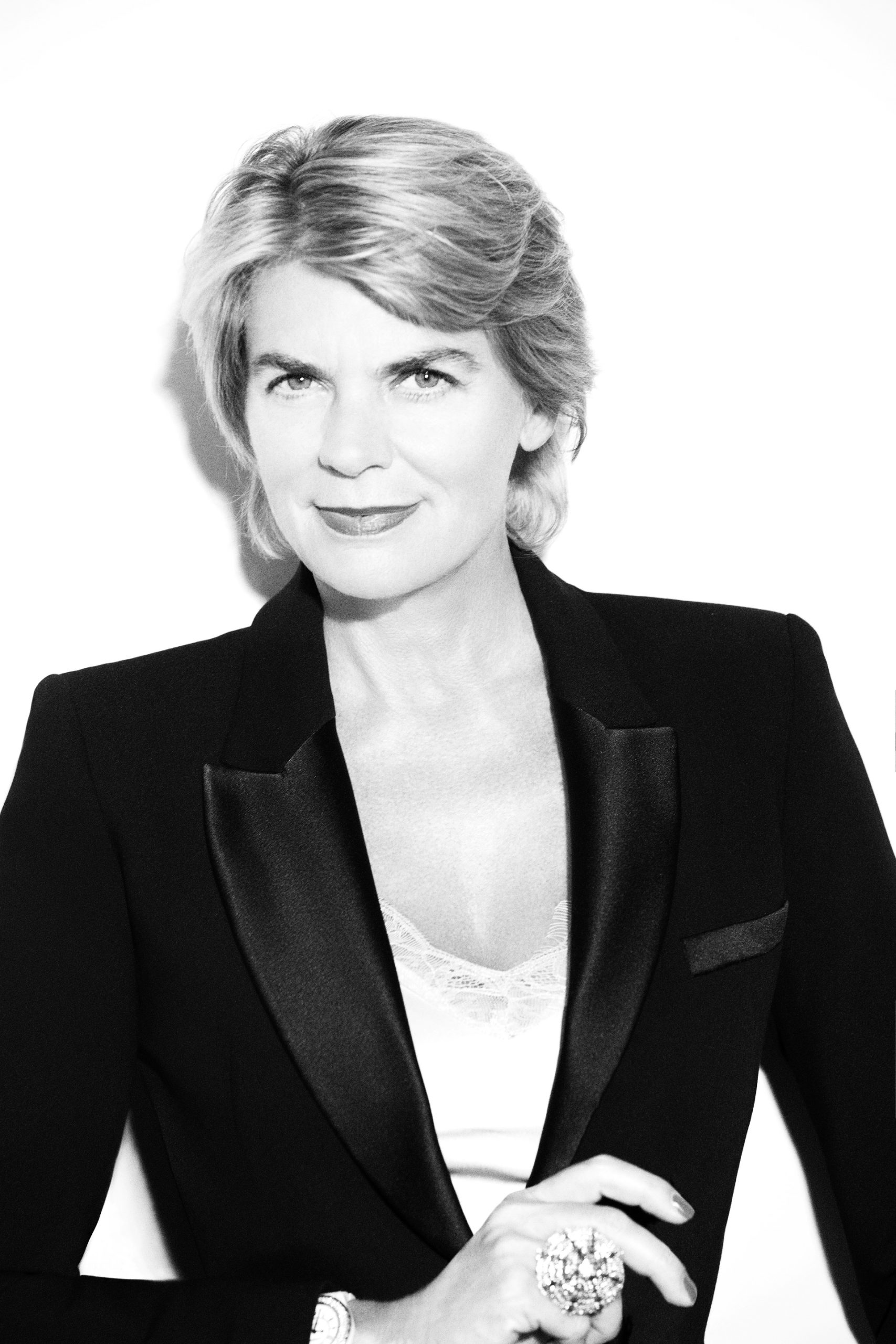

While hospitality has primarily focused on spas, consumer tastes are rapidly changing. Over the coming decade, wellness will become an integral part of spa design. Travelers will not only want more advanced spa facilities but also concepts that merge traditional spa offers with other “soft” elements, such as health and sustainability values. A modern, innovative approach to wellness will blossom in the hotel industry.
In the future, spa facilities will count as much as a hotel’s venue ratings. To meet this challenge hoteliers must think less traditional spa setting and more guest experience. Spas will no longer be just somewhere to feel good; they will need to provide guests with an all-round experience where they can live an unparalleled moment of rejuvenating relaxation.
In recent years, retreats, meditation and yoga studios, spas, clinics and health shops dedicated to wellness have increased in number. To remain attractive in this competitive market, hotels will have to develop projects that integrate a vision for wellness as a lifestyle. Details are key to my design philosophy, and I have noticed that travelers are paying greater attention to design details than ever before. The confluence of touch, scent, sound, sight and taste are subtle — sometimes invisible —but they are there, fusing together to create a memorable wellness experience.
Taking care of mind, body and soul
Modern spas, which uphold the philosophy of “health is the new wealth,” are now required to offer extensive menus of healing therapies for the mind, body and soul. Consumers are naturally drawn to facilities where they can enjoy multiple benefits from a program that includes a workout, meditation or fitness regime. They are no longer seeking pure relaxation alone; instead, they seek mental revitalization, physical strengthening activities, anti-aging and beauty care. These health-conscious customers expect a meaningful approach to well-being, as well as well-designed spaces that combine function with pleasure, tech for wellness and alternative therapies.
The spas of tomorrow must deliver holistic interior design that addresses health, fitness, nutrition and mindfulness. Contrary to the minimalist design aesthetic that has prevailed in recent years, I believe in intimate concepts that blend physical and mental well-being to create a wholesome, welcoming interior.
Letting stress melt away
Post-pandemic travel is something to celebrate, as are spa visits. People want to be transported to another world where their cares are a distant memory. The moment a client walks into a spa, they want to leave their worries at the door and enter an atmosphere of complete tranquillity. It is thus paramount to create a relaxing ambience that sets the tone for the entire visit. As a designer who works with luxurious hotels and serviced residences, I always focus on creating a “wow” first impression. This can be achieved by the sound of water from mosaic fountains or a soft gong that welcomes visitors. The reception area is key in encouraging energy flow while promoting smooth transitions between spaces. Spa designs should evoke a sense of timeless luxury, making every space feel like a sanctuary.
Connecting spa with nature
Connecting with nature has been a central theme to wellness for some time. Nowadays, guests seek spas that embrace the outdoors, which usually involves blending design into the surroundings to capture the essence of quiet luxury.
Nature has always been a huge inspiration in my design philosophy, evidenced by my choice of soft colors, smooth materials and calming aromas. I prioritize natural light whenever the premises allow glazed sides that provide the ultimate connection with the surrounding landscape.
Interior forms inspired by natural shapes and bespoke furniture with organic, enveloping shapes that are soft and curved, evoke feelings of comfort in a soothing retreat.
Mindless consumption is being replaced by meaningful experiences. Guests are interested in looking after themselves, although no longer at the expense of the planet. Thus, water conservation is a real issue for spas, especially those with wet facilities.

Sybille de Margerie,
Luxury interior architect
Add to Favorites


















